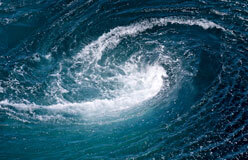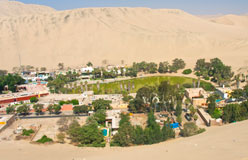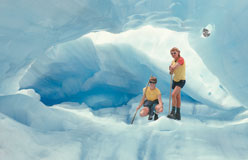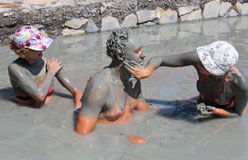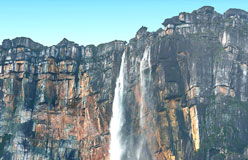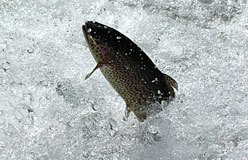Several times a day, your body takes in a chemical called hydrogen oxide.
This chemical can eat away solid rock over time. When frozen, it can crack concrete! It can also destroy the cells of plants and animals.
Hydrogen oxide is water’s chemical name. The symbol is so familiar that it is used as a nickname: H2O. The H stands for an atom of hydrogen. The 2 means there are two hydrogen atoms. The O stands for an atom of oxygen. So, water is a bond between three atoms: two positively (+) charged hydrogen atoms and a negatively (-) charged oxygen atom—H-O-H. That is true whether the water is a liquid, solid (ice), or gas (water vapor).
Water may seem ordinary, but it has some properties that no other substance has. Water is a supersolvent! It is better at dissolving things than most other substances are. You can test many properties of water right in your own kitchen.

